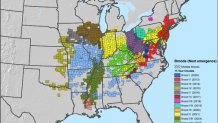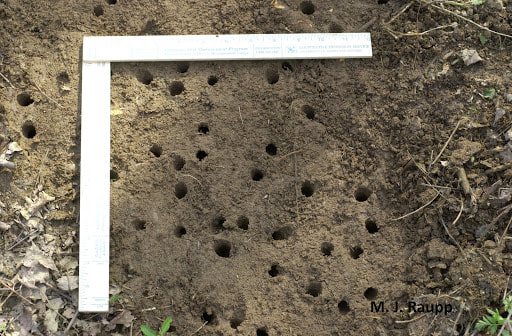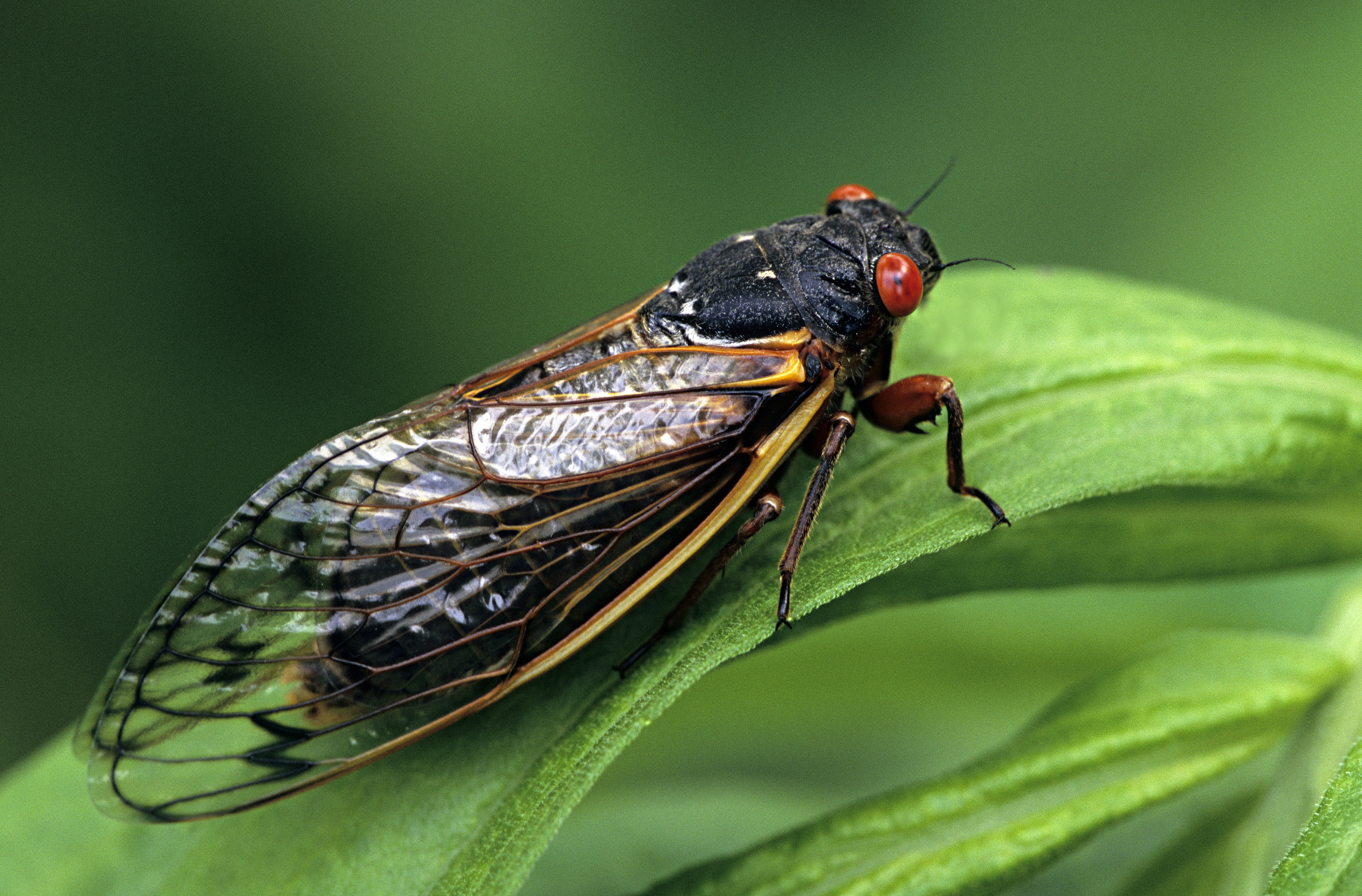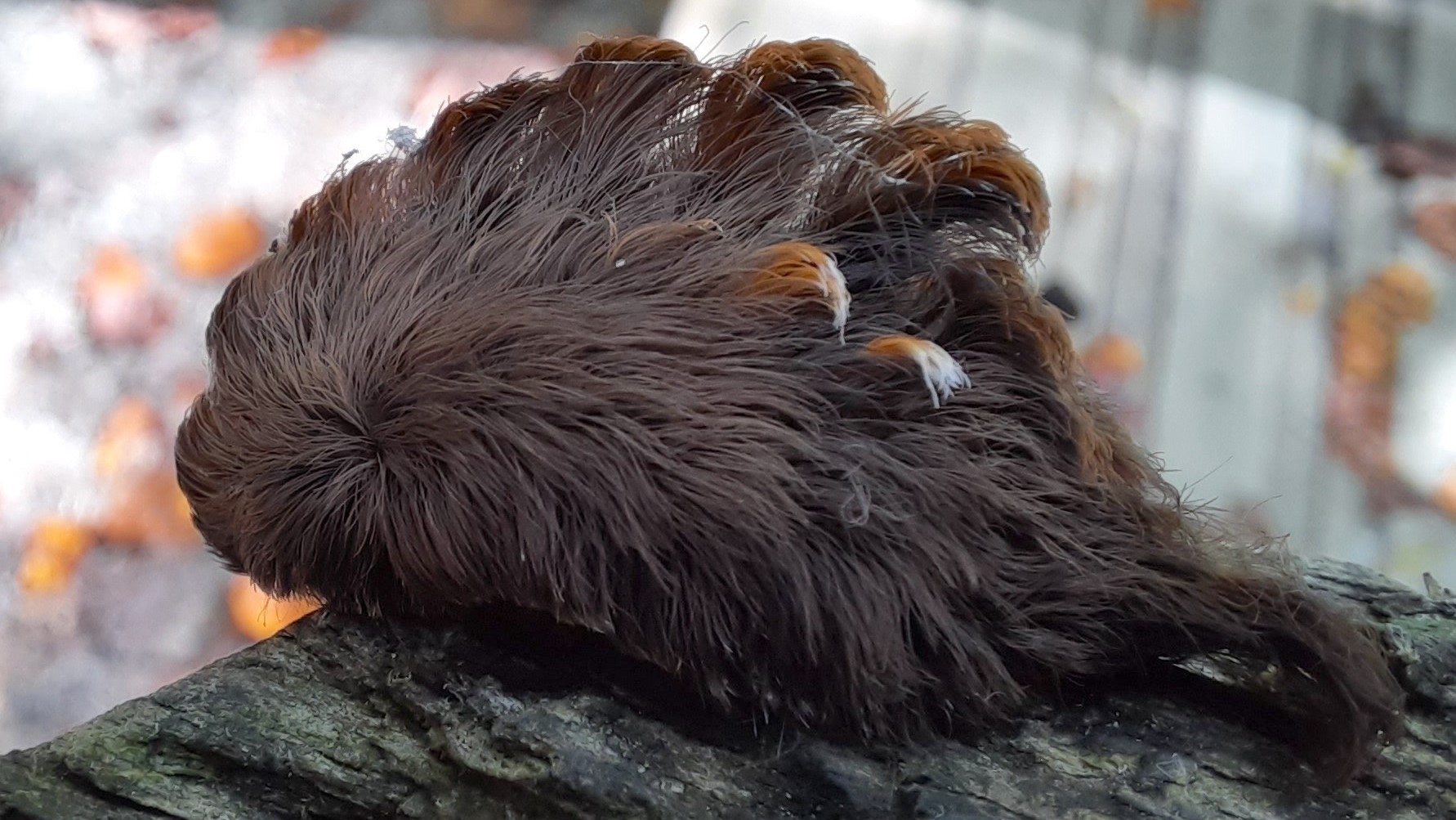Hear that buzz? Billions of cicadas have crawled from underground in D.C., Maryland and Virginia to begin a weekslong period of cacophonous mating.
While some may be worried about creepy crawlies, University of Maryland entomologist Michael J. Raupp encouraged people to get excited about this exceptional event.
“This is a unique, natural phenomenon that happens nowhere else on earth besides the eastern half of the United States,” Raupp said.
We're making it easier for you to find stories that matter with our new newsletter — The 4Front. Sign up here and get news that is important for you to your inbox.
These cicadas breed and grow in 17-year cycles, so they haven’t been visible in the D.C. area since 2004 — and a lot of people are wondering what to expect.
Here are answers to the most common Brood X cicada questions.
How long will the cicadas last in D.C., Maryland and Virginia?
The rest of June is looking buggy. By the Fourth of July, this rare event should be over.
One cicada's above-ground life span lasts several weeks and Brood X may stick around for about five weeks after emerging. Once you start seeing cicadas, get ready to know your new neighbors well into June.
At first, you'll see them emerge from the ground, then molt. After they mature into adults, the males begin making loud noises to attract mates.
How many Brood X cicadas are there?
Certainly billions, and likely trillions.
Do cicadas show up on weather radar?
All signs point to yes. Cicadas hitting their peak were likely the cause of a mass on the National Weather Service radar in early June.
How do you pronounce "Brood X"?
There are 15 broods of cicadas found in the United States. The cicadas emerging in 2021 are Brood X, sometimes called the Great Eastern Brood.
The "X" in Brood X is the Roman numeral for 10, so you'd say "Brood Ten," not "Brood Ex."
Where are the Brood X cicadas found?
Brood X covers the largest geographical area in the United States.
Brood X cicadas can be found in parts of Delaware, Georgia, Illinois, Indiana, Kentucky, Maryland, Michigan, North Carolina, New Jersey, Ohio, Pennsylvania, Tennessee, Virginia, West Virginia and D.C.
You’ll see the highest number of cicadas in parks, nature preserves and neighborhoods that underwent less construction and development in the past several decades.
Brood X cicada map:
Brood X cicadas are found in parts of 15 states. The USDA Forest Service's map below shows Brood X territory shaded with yellow, or red with black stripes.

Where won’t there be cicadas in D.C., Maryland and Virginia?
Cicadas aren't going to take over all of the DMV. Here's a map of where in the D.C. area you'll find Brood X:

Southern Maryland doesn’t get periodical cicadas, and Brood X isn’t typically found in central, southern or western parts of Virginia.
You’re also not likely to see them in recently built-up neighborhoods such as Navy Yard.
Are Brood X cicadas dangerous or harmful to people, dogs or cats?
No. Brood X cicadas don’t bite or sting and aren’t poisonous or venomous.
If dogs or cats eat a lot of cicadas, they may get some stomach discomfort due to the hard wings and shells.
Veterinarians say you should keep an eye on pets who have a habit of over indulging.
If your pet has allergies to shellfish, however, keep those cicadas out of their mouths. Cicadas may have similar allergens to shellfish, the Food and Drug Administration has warned.
Cicadas are not great fliers and sometimes land on humans. They have hard exoskeletons and suckers, though, and could poke your hand if you hold or squeeze one.
Are Brood X cicadas edible?
Yes, but be cautious if you have allergies — especially to shellfish.
The FDA says not to eat cicadas if you have a shellfish allergy.
If you do decide to chow down on a cicada, you may want to avoid the crunchy, hard shells and wings.
What are cicada recipes?
News4 partnered with a French chef to come up with gourmet cicada recipes.
You can try Caesar salad with crispy cicada croutons, cicada and beef chili dogs or cicada-rubbed grilled flank steak topped with crispy onions and cicadas.
Will Brood X cicadas eat or harm my garden or trees?
Most healthy trees will be able to withstand cicadas, Raupp says. Cicadas eat the sap from trees and lay their eggs on woody branches, especially of young trees.
You can use cicada netting to protect young or recently replanted trees.
If you’re considering transplanting any trees, it’s safest to put it off until the fall planting season.
Should I use pesticides on cicadas?
Raupp advised against using pesticides, since it’s harmful to the cicadas and may not be effective.
How can I have some fun with cicada season?
Play cicada bingo, download the Cicada Safari app to track what you see and tag @nbcwashington in your photos on Instagram, Twitter or Facebook.
How long do Brood X cicadas live?
Individual cicadas climb out of the ground, molt and then mature into adulthood over several days. Once adults, cicadas live three to four weeks.
The peak of cicadas singing, mating and laying eggs — and buzzing all around your neighborhood — typically happens within five weeks, according to Cicada Mania.
Signs of Brood X Cicadas Emerging: Look for These Clues
What do Brood X cicadas look like?
There are three species of Brood X cicadas. They all have six legs, red-orange wings and legs, and most have large, red eyes — except for a few rare instances of blue eyes.
Magicicada septendecim are usually the first to emerge and the largest. Their undersides are orange.
Magicicada cassini are typically smaller and emerge shortly after the septendecim species. They have black bellies.
Magicicada septendecula are also small. Their undersides are orange and black.
What do Brood X cicadas sound like?
Loud. The chorus of mating calls can reach 100 decibels — louder than a lawnmower.
The cicadas actually sing in a specific key, one D.C.-area musician found using technology.
"It’s been very consistent. It’s the murmur you hear is 1.3 kilohertz which is E at the sixth position on the piano," Bob Grimes said.
They’re making a huge racket to find their mates, and different species have distinct mating calls.
M. septendecula make a ticking noise; M. septendecim make a “wee-oh” sound that’s been compared to a spaceship, and M. cassini sound like static.
When did the Brood X cicadas emerge in D.C., Maryland and Virginia?
Cicadas emerge when temperatures several inches underground reach about 64° in neighborhoods where they previously bred and lived underground for the past 17 years.
With temperatures warming in the D.C. area, crowds of insects have already emerged, climbing up trees and telephone poles to start singing a mating song.
The first signs of cicadas emerging appeared in late April in areas including College Park, Maryland, and upper Northwest D.C. More will come out in the coming weeks.
Cicada season reached full force at the end of May and beginning of June. Each area’s timeline could vary depending on the temperature and other factors in different areas, but once you start seeing cicadas in your area, their numbers could explode overnight.
By the end of June, the swarm should be over.
What are the signs of cicadas emerging?
There will be signs that cicada time has sprung — even before their legendarily loud mating songs begin.
The first indication that cicadas are emerging in your area would be dime-sized holes that go deep into the soil. Cicadas could stay in the holes for a while after digging them or climb up into trees.
After that, the signs will become harder to ignore. Expect to see a lot of empty, molted shells, even some that are left attached to vertical surfaces.
Then, you might need noise-canceling headphones to block out their songs.
Why do the Brood X cicadas come out every 17 years?
Cicadas emerge in massive numbers every 17 years to mate. That's right: The loud chorus of buzzy screeches is a love song.
Their long lifecycles and massive numbers are likely both survival mechanisms for the species. Predators don’t rely on them for food, and their sheer numbers allow them to guarantee plenty of cicadas are born into the next generation — even if birds feast on many of the adults.





